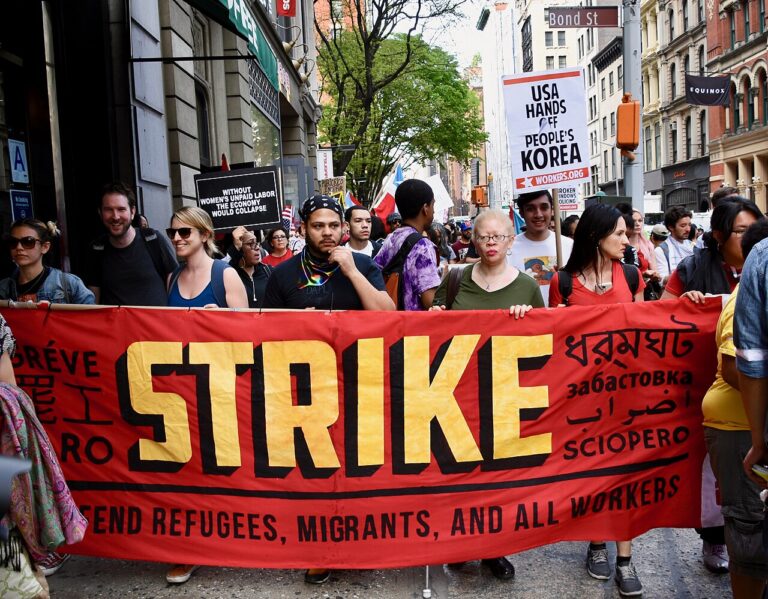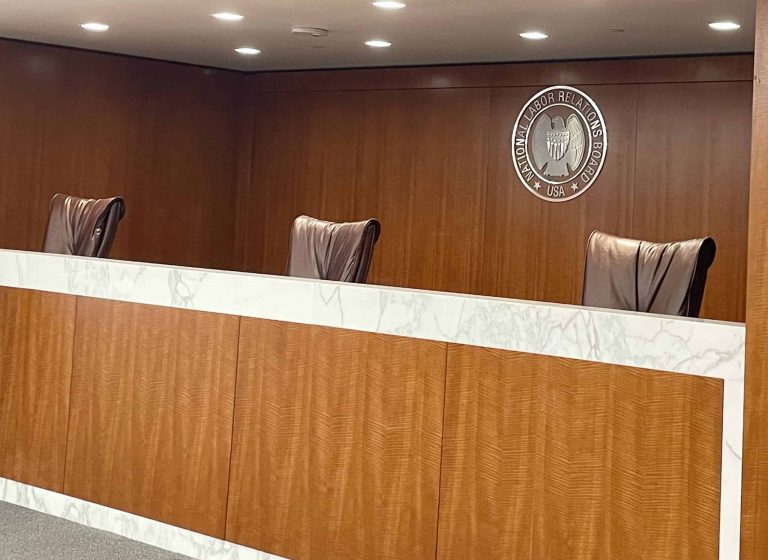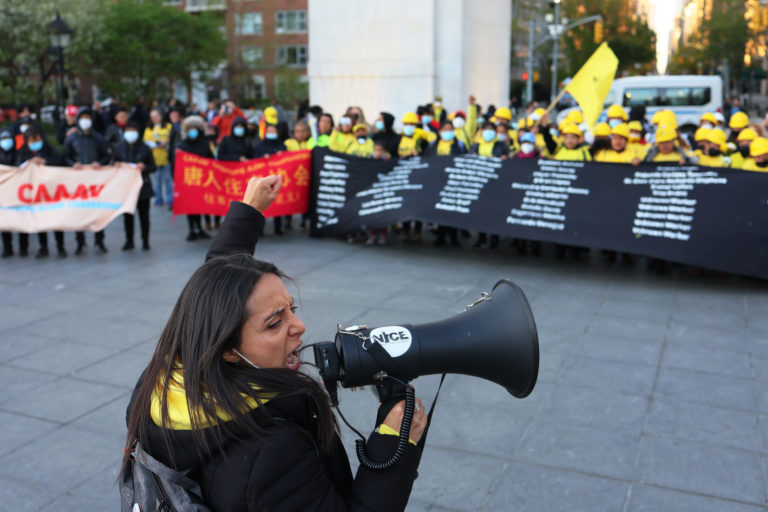
Sharon Block is a Professor of Practice and the Executive Director of the Center for Labor and a Just Economy at Harvard Law School.
Yesterday, the National Labor Relations Board vacated its December decision in Hy-Brand Industrial Contractors. (Ben and Sharon had called for this action in OnLabor last week here and here.) The Board’s unusual action follows a finding by the Board’s Inspector General that Member Bill Emanuel should have recused himself from participation in the case. The Board noted in its press release that because Hy-Brand had been vacated, “the overruling of the Board’s decision in Browning-Ferris Industries, 362 NLRB No. 186 (2015), set forth therein is of no force or effect.”
The Board’s action was a welcome first step in correcting the damage done by the Hy-Brand decision. Most importantly, for the time being, the Board will determine joint employer status using the standard set forth in Browning-Ferris – a standard that takes into account the reality of today’s fissured workplaces. Beyond that important restoration, however, the Board’s one sentence order vacating Hy-Brand leaves many questions about the future unanswered:
How will the Hy-Brand developments affect the McDonald’s case – Earlier this month, the Board’s General Counsel Peter Robb halted his case against McDonald’s shortly before the trial was expected to conclude. Robb justified his abrupt decision to seek a settlement of the case after more than three years of litigation in part because of the change in joint employer law established in Hy-Brand. Having linked his strategy to Hy-Brand, Robb must now answer questions about whether he will abandon his quest for a settlement and conclude the McDonald’s trial.
On what basis will the Board redecide Hy-Brand: As the dissent argued in the now vacated decision in Hy-Brand, that case was a very poor vehicle for revisiting the joint employer standard. As I noted in a post shortly after the case came out, Hy-Brand easily could have been dealt with as a single-employer case without addressing the continuing validity of Browning-Ferris. When the Board revisits Hy-Brand, the members will have to decide whether they are going to repeat their overreach and reissue the same decision just without Emanuel or will they decide Hy-Brand under a single-employer theory and wait for a more appropriate vehicle to reverse Browning-Ferris. If the Board were to make clear that it won’t deal with Browning-Ferris in the Hy-Brand redo, it would raise the question of whether Emanuel would participate or not.
Will the Board seek amicus briefs when revisiting Browning-Ferris – When the Board does revisit the status of Browning-Ferris, whether it is in a Hy-Brand redo or in a different case, the Board will have to decide whether they want to slow down and do it right this time around. In the rush to issue Hy-Brand before Chair MIscamarra’s term expired, the Board abandoned the long-standing practice of requesting amicus briefs before reversing significant precedent. They now have an opportunity to give the public a chance to weigh in on this extremely important issue.
How will the Board prevent the next Hy-Brand – The Inspector General’s report on Hy-Brand points out serious deficiencies in how the Board manages Board member recusals. With members like Emanuel and the nominee John Ring, who come from big law firms with many, many clients, the recusal issues are very complicated. In fact, Emanuel’s recusal list has more than 160 clients on it. Clearly, something in the Board’s process failed. It is incumbent upon Chair Marvin Kaplan to restore the public’s confidence in the Board’s casehandling processes by announcing reforms of the recusal practice to ensure that there are not any more “flagrant mistakes” like Emanuel’s participation in Hy-Brand.









Daily News & Commentary
Start your day with our roundup of the latest labor developments. See all
December 22
Worker-friendly legislation enacted in New York; UW Professor wins free speech case; Trucking company ordered to pay $23 million to Teamsters.
December 21
Argentine unions march against labor law reform; WNBA players vote to authorize a strike; and the NLRB prepares to clear its backlog.
December 19
Labor law professors file an amici curiae and the NLRB regains quorum.
December 18
New Jersey adopts disparate impact rules; Teamsters oppose railroad merger; court pauses more shutdown layoffs.
December 17
The TSA suspends a labor union representing 47,000 officers for a second time; the Trump administration seeks to recruit over 1,000 artificial intelligence experts to the federal workforce; and the New York Times reports on the tumultuous changes that U.S. labor relations has seen over the past year.
December 16
Second Circuit affirms dismissal of former collegiate athletes’ antitrust suit; UPS will invest $120 million in truck-unloading robots; Sharon Block argues there are reasons for optimism about labor’s future.